"Frinsa lactic" - Indonesia
Notes: Red fruits, cola, chocolate.
- Country: Indonesia
- Region: West Java, Weninggalih
- Altitude: 1500 m
- Process: Anaerobic, lactic
- Variety: Sigarar Utang, Andung Sari
Wildan Mustofa and his wife Atieq Mustikaningtyas started their first coffee project in Sindangkerta, Weninggalih region in 2010. This area later became the main growing area of their farm Java Frinsa Estate. Since the first year of production, Wildan has aimed to focus on quality which requires special attention and meticulous processes. While the majority of Indonesian producers use a wet hulled process, Wildan focuses on different processes. In addition to the impact on quality and the social and economic aspect for the community, the importer Nordic Approach has focused on this coffee project because it also has long-term benefits in terms of forest and water conservation. water.
Frinsa Estate is located in West Java, locally called Sunda. The washing station located at an altitude of 1400 m is equipped with a well-ventilated storage space and a space for carrying out natural cleaning. This means better control of all stages, from harvesting to grading, sorting and shipping. Frinsa Estate has 6 main growing plots spread across the region.
Weninggalih: 60 hectares (planning for an additional extension of 50 hectares) The altitude is approximately 1,400 m above sea level. Cultivars grown are Sigararutang, Lini S795, Borbor, Timtim, Andungsari, Ateng Super, P88, Blue Mountain and Belawan Pesuma.
Frinsa Estate is located in West Java, locally called Sunda. The washing station located at an altitude of 1400 m is equipped with a well-ventilated storage space and a space for carrying out natural cleaning. This means better control of all stages, from harvesting to grading, sorting and shipping. Frinsa Estate has 6 main growing plots spread across the region.
Weninggalih: 60 hectares (planning for an additional extension of 50 hectares) The altitude is approximately 1,400 m above sea level. Cultivars grown are Sigararutang, Lini S795, Borbor, Timtim, Andungsari, Ateng Super, P88, Blue Mountain and Belawan Pesuma.
About the process:
Lactic fermentation: Lactic fermentation is carried out using lactobacilli culture. Upon harvest, the cherries are first washed to remove dirt and microbial contamination from the surface of the cherry skin. After cleaning, this batch undergoes a 3-day semi-anaerobic fermentation process (the cherries are put into plastic bags or plastic barrels) with the addition of lactobacillus (a probiotic bacteria used for more refined fermentation) with the cherries. The bags/drums are turned over in the morning and evening and the gas is released, then the container is closed for 2 or 3 days. After fermentation, the cherries are dried on African beds. Drying can take between 14 and 20 days. The cherries are picked, washed, then put into vats or plastic bags with small holes, then fermented for 2-3 days with Lactobacillus, a probiotic bacteria used for more refined fermentation.
Coffee fermented by lactic method has a complex, sweet and creamy character.
Coffee fermented by lactic method has a complex, sweet and creamy character.








